Prathiksha Balakrishna
Deep Learning Approach for Enhanced Cyber Threat Indicators in Twitter Stream
Mar 31, 2020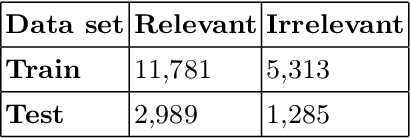
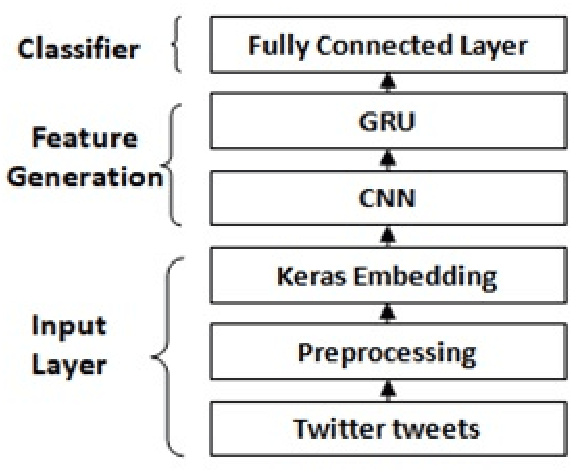
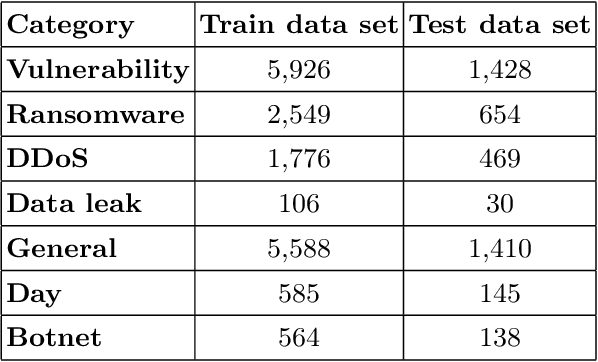
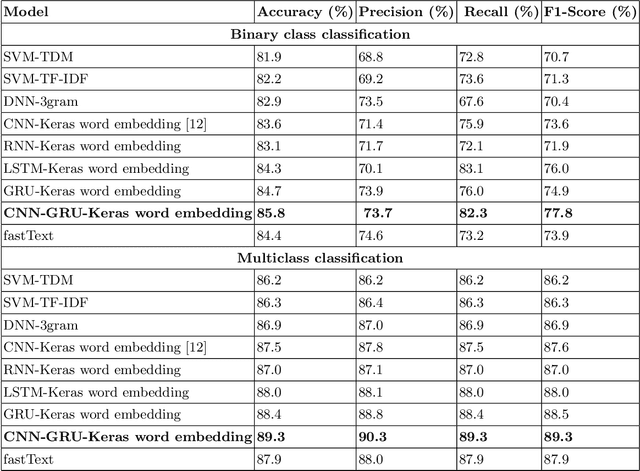
Abstract:In recent days, the amount of Cyber Security text data shared via social media resources mainly Twitter has increased. An accurate analysis of this data can help to develop cyber threat situational awareness framework for a cyber threat. This work proposes a deep learning based approach for tweet data analysis. To convert the tweets into numerical representations, various text representations are employed. These features are feed into deep learning architecture for optimal feature extraction as well as classification. Various hyperparameter tuning approaches are used for identifying optimal text representation method as well as optimal network parameters and network structures for deep learning models. For comparative analysis, the classical text representation method with classical machine learning algorithm is employed. From the detailed analysis of experiments, we found that the deep learning architecture with advanced text representation methods performed better than the classical text representation and classical machine learning algorithms. The primary reason for this is that the advanced text representation methods have the capability to learn sequential properties which exist among the textual data and deep learning architectures learns the optimal features along with decreasing the feature size.
Deep Learning based Frameworks for Handling Imbalance in DGA, Email, and URL Data Analysis
Mar 31, 2020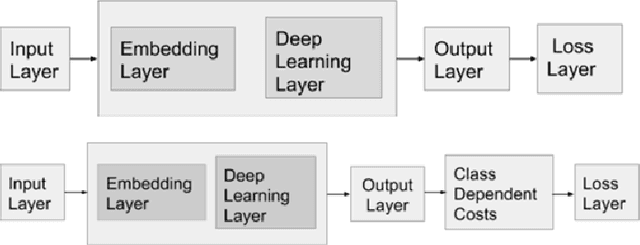
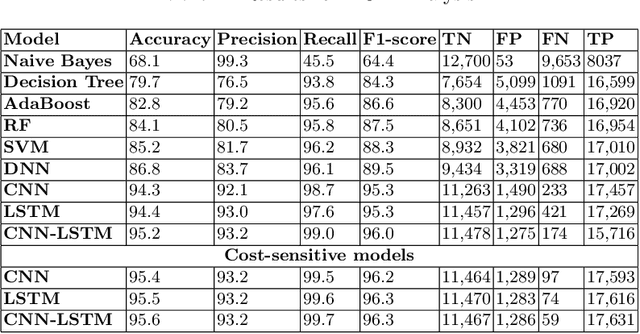
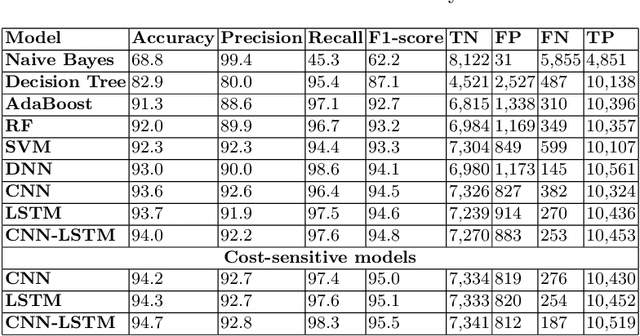
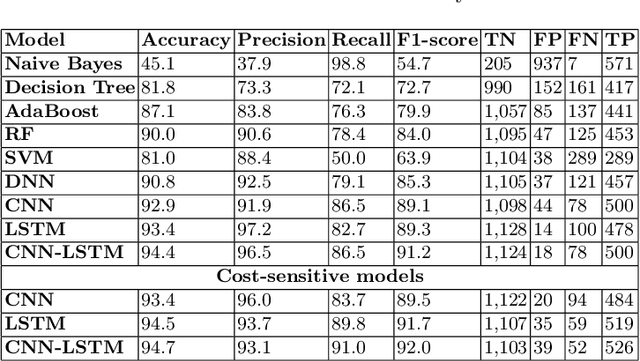
Abstract:Deep learning is a state of the art method for a lot of applications. The main issue is that most of the real-time data is highly imbalanced in nature. In order to avoid bias in training, cost-sensitive approach can be used. In this paper, we propose cost-sensitive deep learning based frameworks and the performance of the frameworks is evaluated on three different Cyber Security use cases which are Domain Generation Algorithm (DGA), Electronic mail (Email), and Uniform Resource Locator (URL). Various experiments were performed using cost-insensitive as well as cost-sensitive methods and parameters for both of these methods are set based on hyperparameter tuning. In all experiments, the cost-sensitive deep learning methods performed better than the cost-insensitive approaches. This is mainly due to the reason that cost-sensitive approach gives importance to the classes which have a very less number of samples during training and this helps to learn all the classes in a more efficient manner.
 Add to Chrome
Add to Chrome Add to Firefox
Add to Firefox Add to Edge
Add to Edge